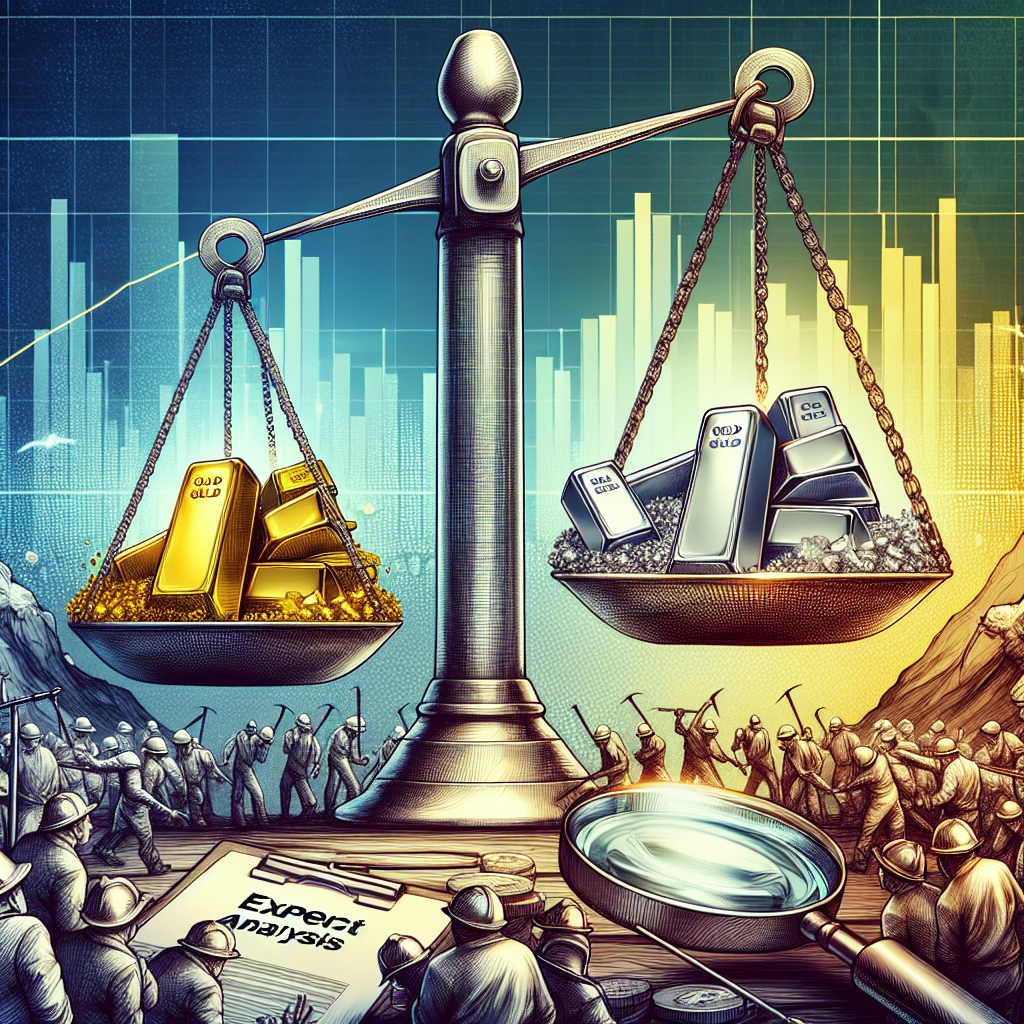The best automated precious metal investment metal insights
Inventory Crisis: Is a Gold and Silver Supply Squeeze Imminent? Expert Analysis at Goldminr
Are we on the verge of a precious metals supply crisis? Recent trends suggest a potential squeeze in the gold and silver markets, driven by a confluence of factors. This analysis, leveraging real-time research and expert insights, delves into the heart of the matter, exploring the forces at play and what they could mean for investors.
The Perfect Storm: Declining Supply Meets Surging Demand
The silver market, in particular, faces significant supply challenges heading into 2025. Total silver supply has been declining over the past decade, dropping from 1.07 billion ounces in 2010 to an estimated 1.03 billion ounces in 2024. Meanwhile, demand continues to outpace production. The silver market has experienced consistent supply deficits since 2021, with 2023 recording a substantial shortfall of 184.3 million ounces. Consumption is projected to reach 1.21 billion ounces in 2024.
Several interconnected factors are likely to shape silver’s performance in 2025:
- Industrial Demand: The increasing use of silver in various industrial applications, particularly in green technologies, is expected to be a significant driver of demand. By 2050, solar energy could account for approximately 85–98% of the current global silver reserves. The automotive sector is also expected to contribute significantly to silver demand growth, particularly with the rise of electric vehicles. Silver is a key component in circuit boards, semiconductors, and connectors and is vital in reducing electrical resistance and enhancing processing speeds in AI applications. AI also requires massive data centers that rely on advanced cooling systems and efficient electrical transmission. Silver is used in heat-dissipation materials and high-speed connectivity components in these big data centers.
- Investment Demand: Growing interest from central banks and institutional investors could boost silver prices.
- Geopolitical Tensions: Global tensions and political uncertainties continue to influence precious metals markets, with Russia and Mexico – accounting for nearly 21% of global silver production – facing ongoing conflicts and regulatory changes.
Gold’s Migration: A Shift in Market Dynamics
The London gold market is experiencing unprecedented stress as physical metal flows accelerate from traditional vaulting centers to new destinations. Gold and silver market trends in 2025 indicate that supply constraints are forcing investors to reconsider their strategies. Roughly 2,000 tons (equivalent to 56 million ounces) of gold have migrated to the United States from global vaults, representing one of the largest physical gold migrations in modern financial history.
Bank of England officials estimate that about half of the gold entering the US (20–25 million ounces) originated from UK vaults. This substantial outflow underscores a shift in the global market dynamics. Market analysts assert that the leasing of gold from central bank reserves, primarily from the Bank of England, is being used to temporarily alleviate market tightness. This mechanism smooths shortages but does not resolve the underlying physical scarcity.
Silver’s Vulnerability: No Central Bank Safety Valve
While gold faces significant pressure, silver’s supply constraints appear even more severe. London vaults reportedly hold around 800+ million ounces of silver, though the headline figure masks a more complex reality. Approximately 130 million ounces have been withdrawn from London vaults since December 2024, representing a 16% reduction within a few months, threatening the stability of the market’s physical backing.
Of the remaining silver in vaults, a significant portion is held by ETFs, leaving a smaller amount of theoretical float. Experts suggest that the amount of truly available silver could be far less. Unlike gold, silver lacks a central bank leasing mechanism—a vital safety valve that normally mitigates short-term shortages. This difference makes silver particularly susceptible to rapid market swings.
COMEX and Lease Rates: Signs of Market Stress
The COMEX futures exchange is exhibiting unprecedented stress signals. In February 2025, a record number of gold contracts were physically delivered—an outcome that was once a rarity. The surge in deliveries highlights a marked shift towards an increasing reliance on physical assets.
A pronounced spike in lease rates—now up to 20% for silver—is another worrying sign. Such elevated rates are highly atypical in healthy markets and point to severe physical scarcity. Persistent outflows from London vaults, even as prices rise, indicate that long-term accumulation is occurring rather than short-term profit-taking.
Expert Opinions and Price Predictions
Leading financial institutions dedicate extensive resources to precious metals research. Their silver forecasts – built on macroeconomic analysis, technical indicators, and supply-demand data – guide investment decisions for institutional investors and central banks worldwide.
Here’s how major institutions view silver’s potential in 2025:
- Citigroup: \$40
- JP Morgan: \$36
- Saxo Bank: \$40
- World Bank: 7% rise
- PricePrediction.net: \$47.48 (End of 2025)
- Alan Hibbard: \$40 (2025), \$52.50 (2026)
- InvestingHaven: \$48.20 – \$50.25 (2025), \$75 (2027), Peak price: \$80 (2030)
Investment Strategies and Risk Management
Given the potential for a supply squeeze, investors should consider the following strategies:
- Diversification: Silver serves as both an inflation hedge and a strategic asset tied to industrial demand.
- Risk Management: Silver experiences greater price swings than gold, its volatility presents significant profit-making opportunities for active traders who practice strict risk management.
- Monitor Market Trends: Keep an eye on inflation trends, central bank policies, and industrial demand to conduct fundamental analysis and identify factors of potential price swings.
Conclusion: Is a Supply Squeeze Imminent?
The confluence of declining supply, surging industrial and investment demand, and geopolitical uncertainties suggests that a gold and silver supply squeeze is not just a possibility, but a growing probability. While the exact timing and magnitude of such a squeeze remain uncertain, the trends are clear. Investors should carefully monitor the market, consider diversifying their portfolios with precious metals, and implement robust risk management strategies to navigate the potential volatility.
Disclaimer: This analysis is for informational purposes only and does not constitute financial advice. Investing in precious metals involves risks, and investors should consult with a qualified financial advisor before making any investment decisions.




